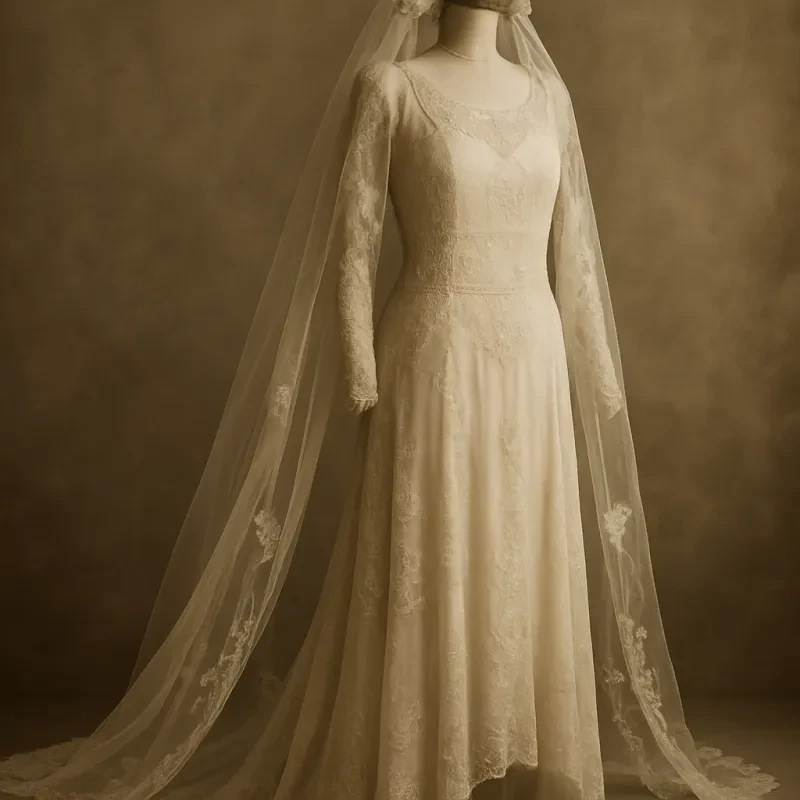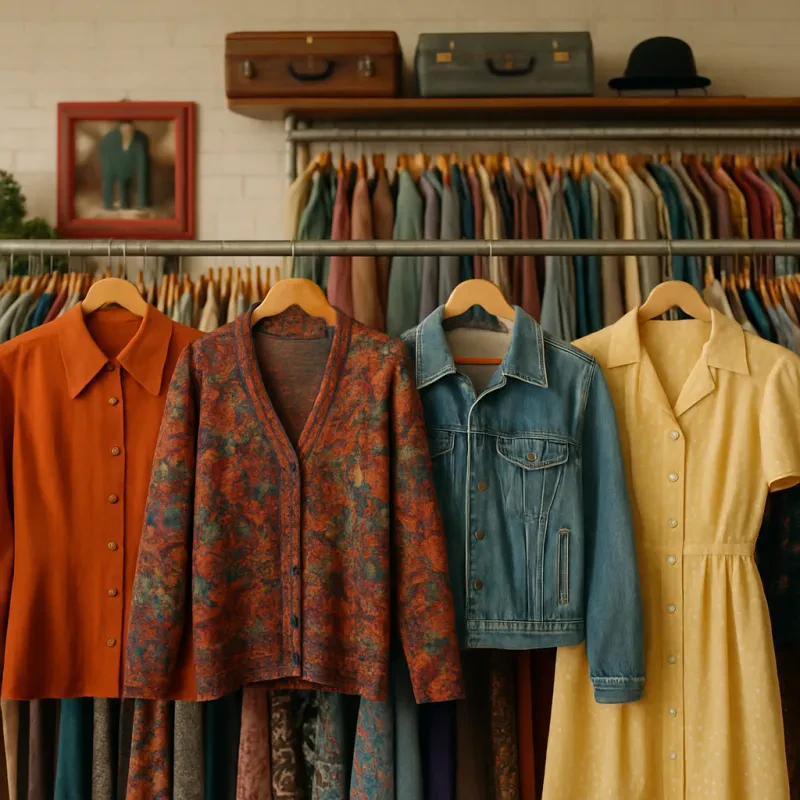There is something undeniably captivating about vintage leather goods – their timeless beauty, their unique character, and the stories they carry with them. However, restoring these cherished items requires a delicate balance of expertise and dedication. In this article, we reveal the expert techniques behind the art of reviving vintage leather and bringing new life to these treasured possessions.
First and foremost, the restoration process begins with a thorough cleaning of the leather. Over time, dirt, dust, and other debris can accumulate, masking the original luster and color. Gently wiping the surface with a damp, lint-free cloth can help remove this buildup. For tougher stains or blemishes, a mild leather cleaner specially formulated for vintage leather should be used.
After the initial cleaning, it's essential to tackle any cracks or dryness that may have developed. Applying a high-quality leather conditioner is crucial for replenishing moisture and preventing further damage. The conditioner should be gently massaged into the leather, allowing it to penetrate and soften the material. This step not only restores the leather's supple feel but also enhances its durability.
Finally, to restore the vintage leather's original shine, a specialized leather polish or cream can be applied. This step not only adds a protective layer but also revives the depth and richness of the leather's color. Carefully buffing the surface with a soft cloth can help achieve a flawless finish, showcasing the leather's renewed beauty.
From dull to dazzling: Transforming old leather treasures
From dull to dazzling: Transforming old leather treasures
Leather is a material that stands the test of time, exuding an air of sophistication and charm. Vintage leather pieces are not just items of clothing or accessories, they are works of art with stories to tell. However, over the years, these treasures can lose their luster and appear worn out. Fear not, as experts reveal their restoration techniques that can breathe new life into your beloved vintage leather pieces.
First and foremost, a thorough cleaning is essential to prepare the leather for restoration. Begin by gently dusting off any surface dirt and debris with a soft dry cloth. To remove deeper stains, a mixture of mild soap and distilled water can work wonders. Rub the solution onto the leather using a soft-bristled brush, following the natural grain. Once the leather is clean, wipe away any soap residue and allow it to dry completely.
Once the leather is clean and dry, the next step is to repair any visible damages. For small scratches or scuffs, a leather conditioner or balm can be applied with a soft cloth, gently massaging it into the affected area. For larger tears or holes, a leather repair kit with adhesive and color-matching fillers can be used. Carefully follow the instructions provided, ensuring a seamless repair that blends in with the original leather.
Bringing history back to life: Restoration techniques explained
In the world of vintage leather restoration, expert techniques play a vital role in reviving aged and worn-out pieces. These techniques not only breathe new life into old leather items but also preserve their historical value for generations to come. Let's explore some of the most effective restoration methods used by professionals, revealing the art behind reviving vintage leather.
1. Cleaning and conditioning
The first step in any restoration process is thorough cleaning and conditioning. Over time, leather accumulates dirt, grime, and oils that can cause its surface to crack or fade. Professionals use specialized leather cleansers and conditioners to gently remove dirt and restore the leather's natural shine. This process requires expertise as different types of leather require specific cleaning methods and products to avoid any damage.
2. Repairing and reconditioning
Vintage leather often suffers from scratches, scuffs, and even tears, which call for careful repairing techniques. Experts skillfully mend any damage using patching or reweaving methods, ensuring the restoration is seamless and unnoticeable. Additionally, reconditioning the leather involves replenishing its oils and moisture to prevent further dryness, cracking, or stiffness. This step is crucial in preserving the leather's integrity and extending its lifespan.
3. Color restoration
One of the most visually impressive aspects of vintage leather restoration is color revival. Leather dyes, matched precisely to the original shade, are carefully applied to faded or discolored areas. Skilled artisans utilize layering techniques, progressively building color until a perfect match is achieved. This meticulous process ensures that the restored leather blends seamlessly with the original, leaving no trace of discoloration and giving the piece a renewed vibrancy.
Rescuing vintage leather: Insider tips for expert revival
h2 {
color: #333;
font-size: 24px;
margin-bottom: 10px;
}
p {
color: #666;
font-size: 16px;
line-height: 1.5;
margin-bottom: 20px;
}
.tip {
margin-bottom: 30px;
}
.tip h2 {
font-size: 20px;
font-weight: bold;
}
.tip p {
font-size: 14px;
margin-bottom: 10px;
}
1. Cleaning and Conditioning
Whether your vintage leather piece is covered in years of grime or just needs a basic cleaning, proper care starts with gentle cleaning. Begin by wiping the surface with a soft, dry cloth or a microfiber cloth to remove loose dirt and dust. For deeper cleaning, use a mild leather cleaner that won't strip away essential oils. Always test the cleaner on a hidden area first to ensure compatibility with the leather. After cleaning, apply a good-quality leather conditioner to restore moisture and protect the leather from drying out and cracking.
2. Dealing with Scratches and Scuffs
Vintage leather is prone to developing scratches and scuffs over time. For minor surface scratches, gently rub the affected area with a soft cloth or your fingertips. The natural oils on your skin can help disguise the scratch. For deeper scratches, you may need to apply a leather-repair solution or hire a professional restorer for more extensive damage. Be cautious with DIY repair kits, as they may not yield satisfactory results.
3. Preventing Fading and Sun Damage
Exposure to sunlight can cause vintage leather to fade and become brittle. To prevent sun damage, keep your leather away from direct sunlight or use curtains, blinds, or UV-protective coatings to shield it. Additionally, consider using a leather protector spray that provides an added layer of protection against UV rays. Regularly applying a leather conditioner with UV protection can also help maintain the leather's natural shine and color.


